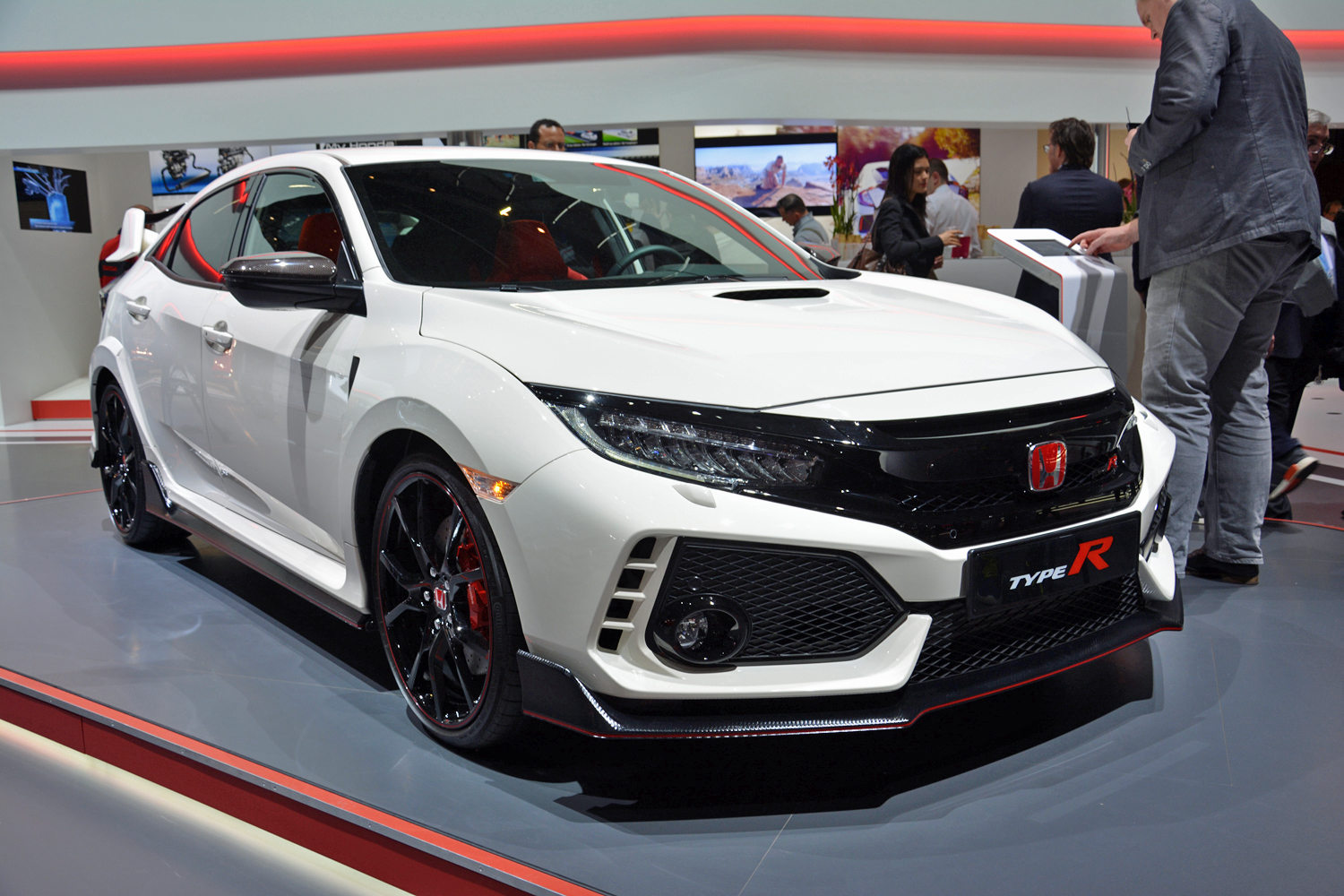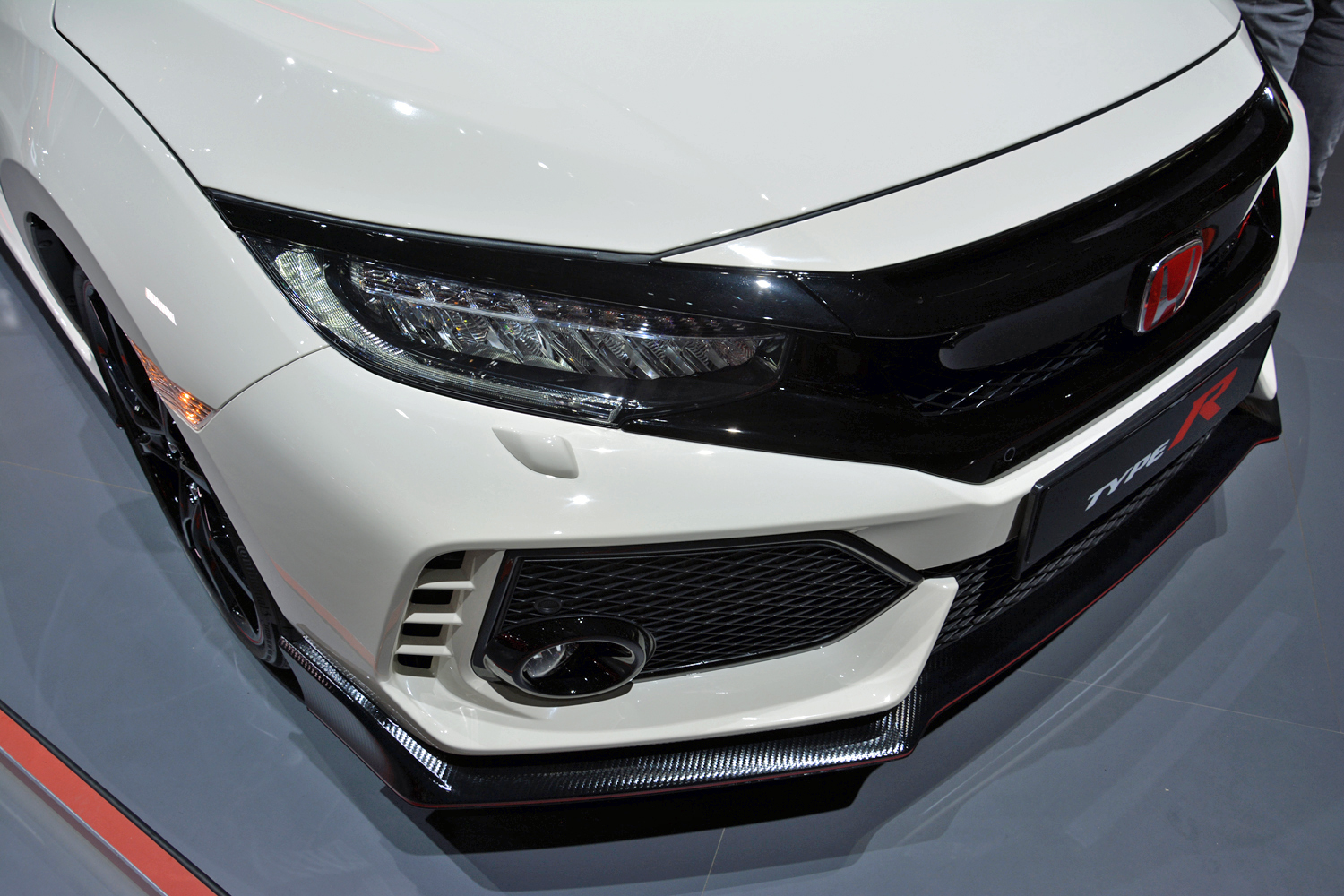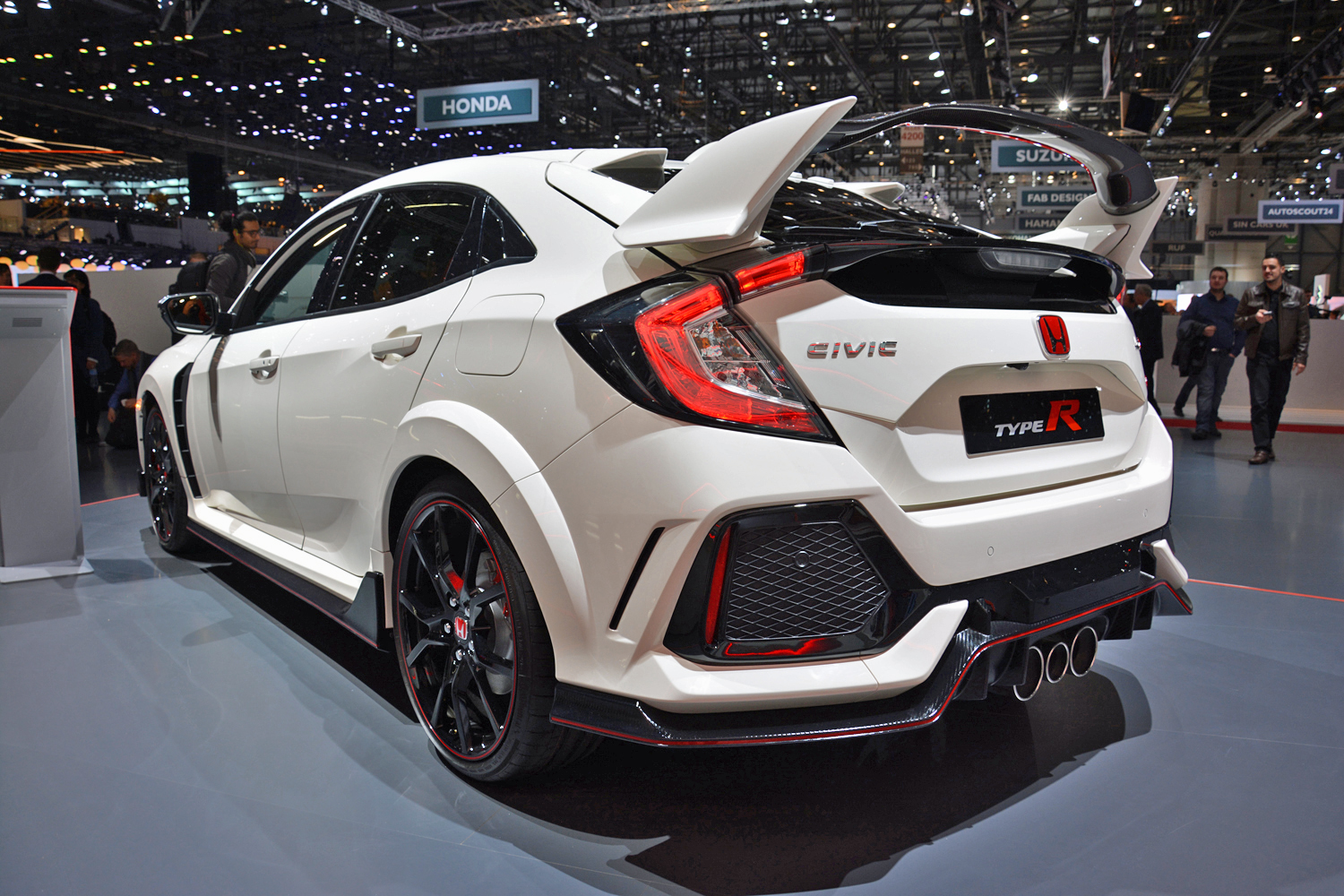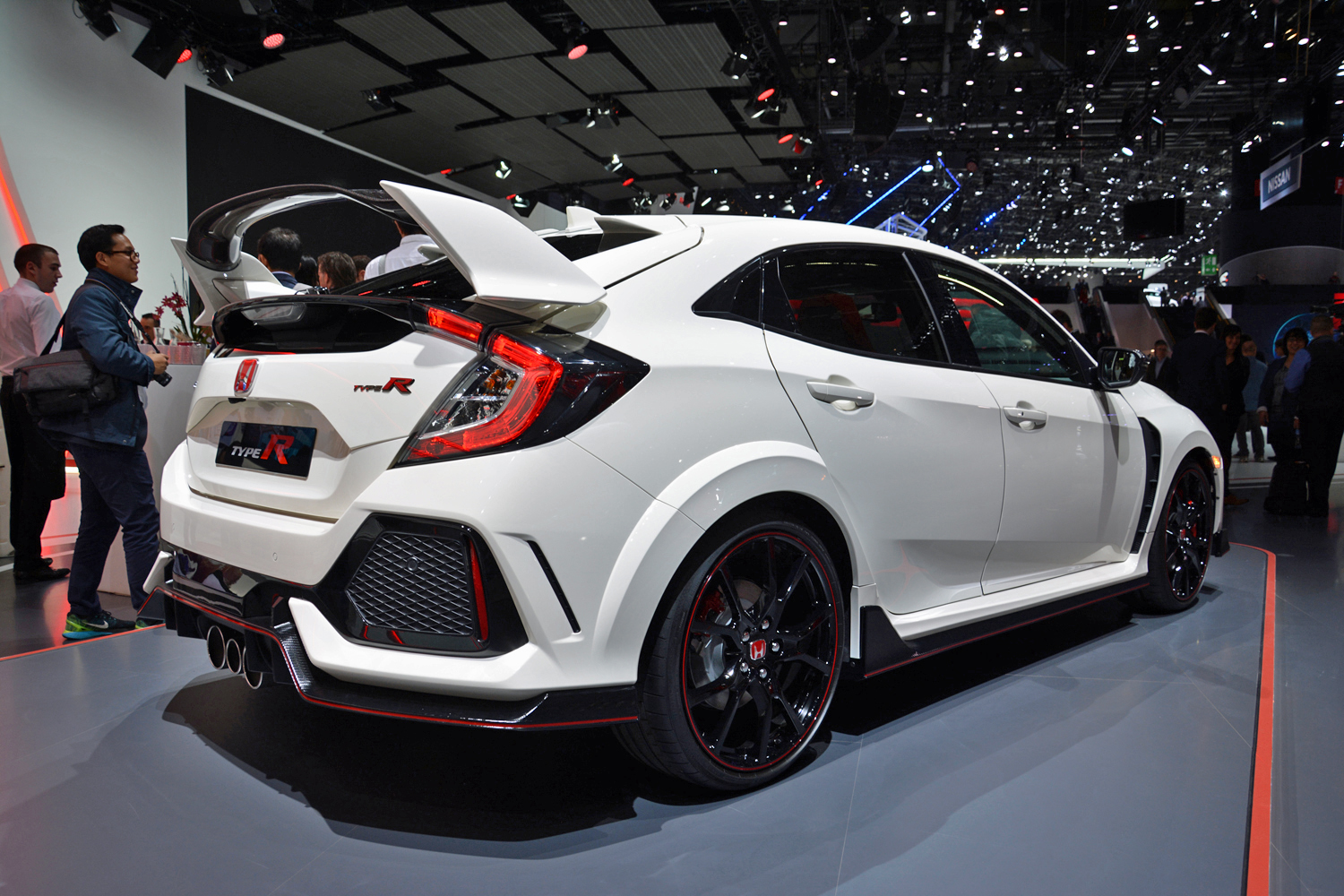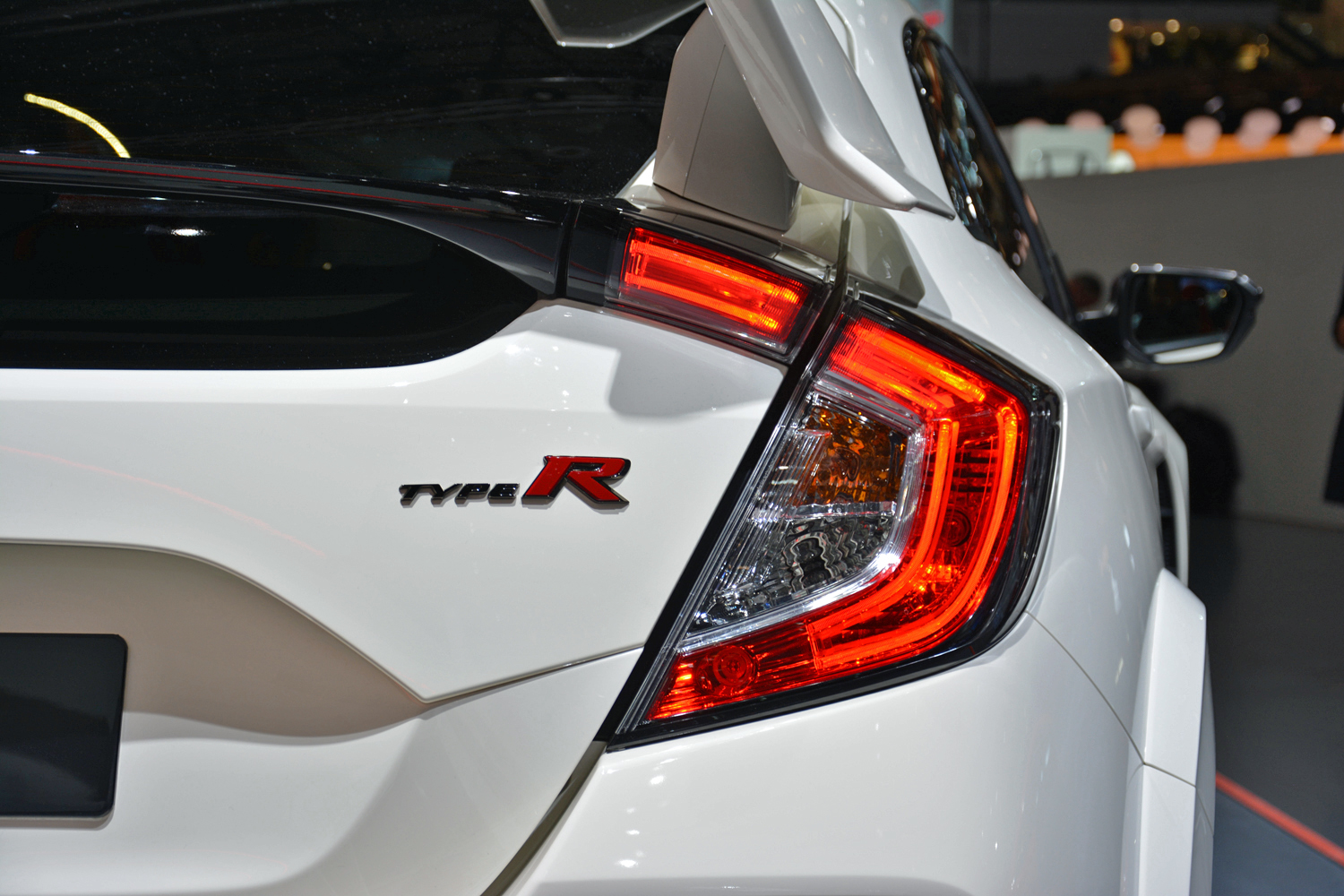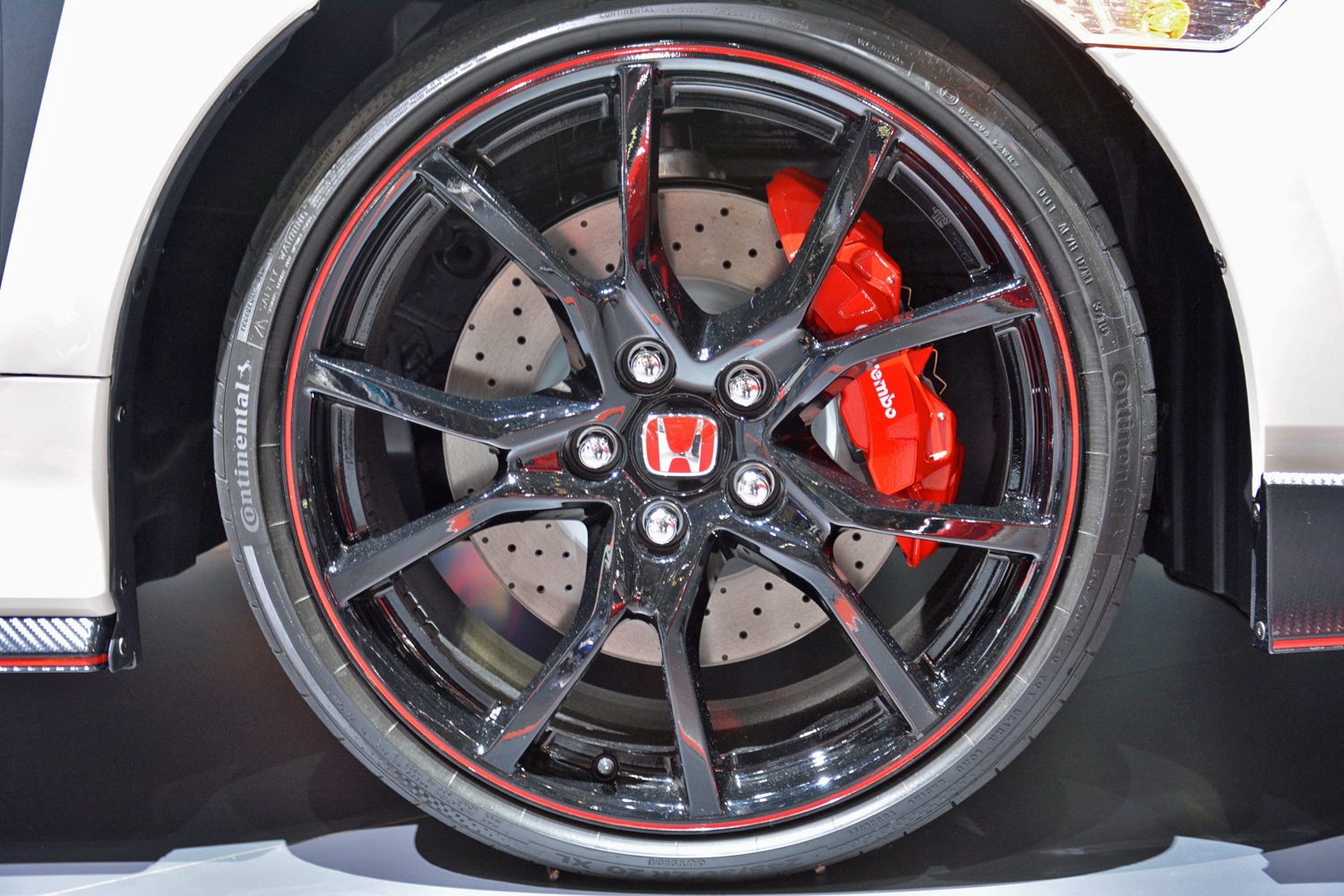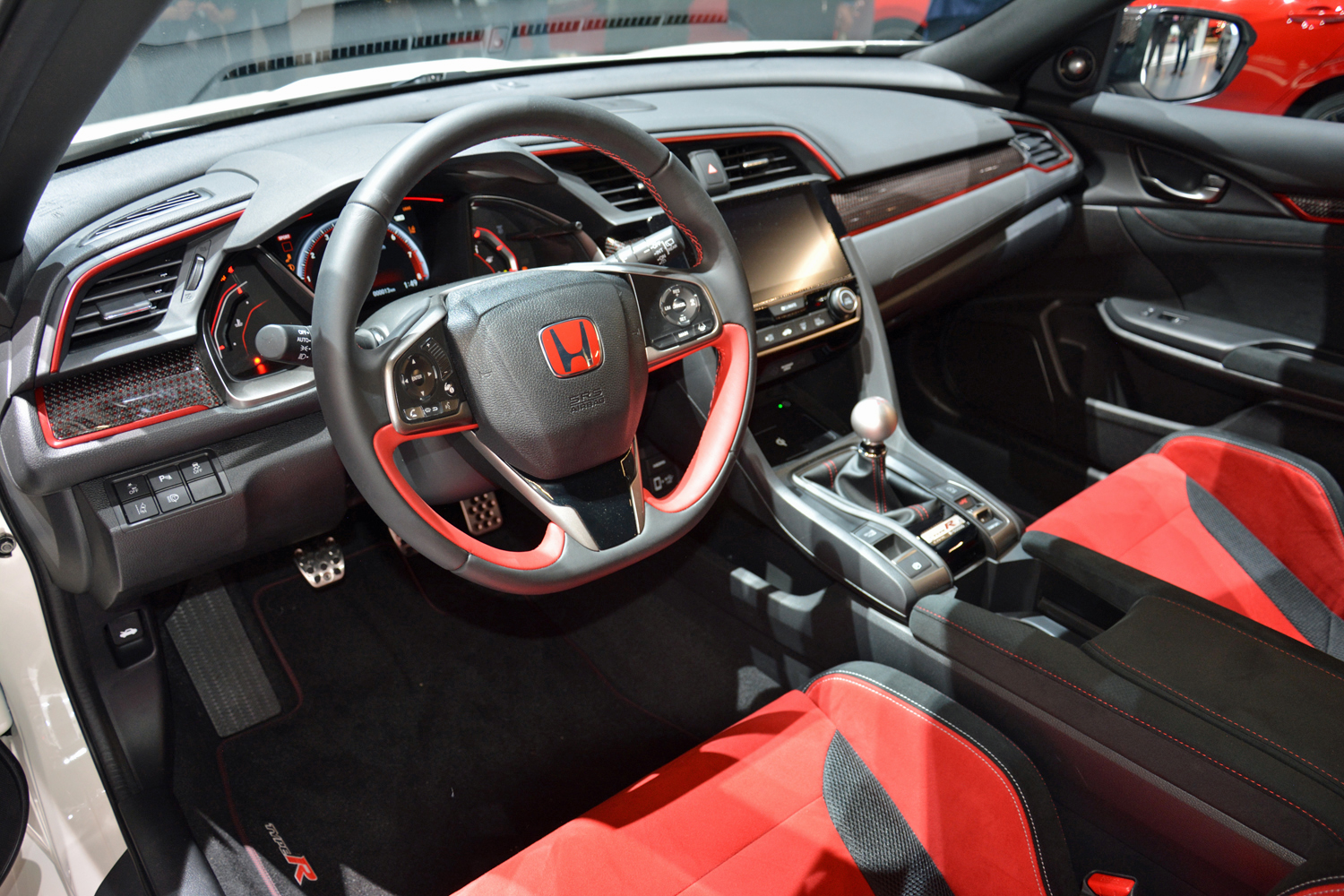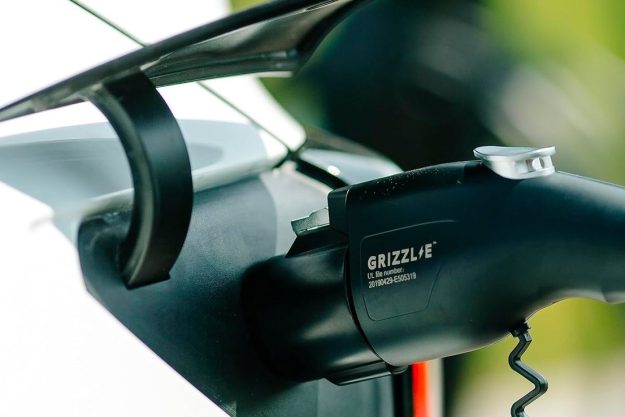The Honda Civic Type R has legions of fans in both Europe and Japan, but Americans have always settled for admiring it from afar. That’s about to change. Honda finally listened to enthusiasts, and the Type R will arrive on U.S. shores for the first time when the next-generation model arrives.
Better yet, the wait is nearly over. Honda unveiled the European-spec 2018 Civic Type R during the Geneva Auto Show, and the U.S.-spec model will break cover in just a few weeks in New York. In the meantime, here is everything we know about what might be the hottest Civic to date.
Power and performance

There were a lot of rumors surrounding the Civic Type R in the months leading up to its debut, and, in hindsight, most of them were false. Here are the facts: Power is provided by a 2.0-liter, four-cylinder engine that’s both turbocharged and direct-injected. It’s tuned to generate 306 horsepower at 6,500 rpm and 295 pound-feet of torque from 2,500 to 4,500 rpm — figures that make the new Type R as powerful as its predecessor.
An enthusiast-approved, six-speed manual transmission with a rev-matching function sends the turbo four’s output to the front wheels. Channeling that much grunt to the front axle is a recipe for a copious amount of torque steer, so a limited-slip differential comes standard. Performance specifications, such as the R’s 0 to 60 mph time and its top speed, haven’t been released yet.
Honda engineers fine-tuned the Type R on the grueling Nürburgring track in Germany for maximum performance. Consequently, it receives Brembo brakes up front and a comprehensively revised suspension system made up of aluminum components in order to save weight. We expect it will earn the distinction of being the fastest front-wheel drive production car around the ‘Ring.
The driver can choose from three driving modes, called Normal, Sport, and +R. Each one modifies parameters such as the stiffness of the suspension, the weight of the steering, and the throttle response to ensure the Type R is a compliant cruiser when it needs to be, and absolutely bonkers when the occasion calls for it.
Spotter’s guide
The Type R is based on the four-door hatchback variant of the 10th-generation Civic, however, it stands out from more plebeian models thanks to a full body kit. Up front, the look is defined by a black grille, a carbon fiber splitter attached to the bottom portion of the bumper, wide air vents, and a low-drag air duct that’s cut into the hood.
Flared fenders accommodate a wider track, too, and careful observers will notice the Type R sits lower than a stock Civic hatch. Out back, it receives a huge boy racer wing, a model-specific bumper, and three round exhaust tips that are integrated into an air diffuser. Twenty-inch alloy wheels wrapped by Continental tires and red Honda emblems on both ends add a finishing touch.
All told, it’s almost impossible to mistake the Type R for a regular Civic. This means Honda’s newest pocket rocket isn’t for motorists looking to keep a low profile.
Tech and comfort on-board

The Type R’s mission is to go fast, but it’s not a stripped-down, bare-bones machine. While it’s not exactly cosseting, it offers a leather-upholstered steering wheel, dual-zone automatic climate control, a 7-inch touchscreen with navigation, and a 540-watt sound system that plays through 12 speakers. Apple CarPlay and Android Auto compatibility also come standard.
Front bucket seats and an aluminum shift knob remind passengers they’re not riding in a run-of-the-mill Civic. There’s also a metal plaque engraved with the car’s serial number on the center console. And yet, in a brilliant Dr. Jekyll and Mr. Hyde moment, the Type R offers room for five passengers and a class-leading 25.7 cubic feet of trunk space.
Pricing and availability
Production of the 2018 Honda Civic Type R will begin in the coming weeks, and the model is scheduled to go on sale nationwide in late spring. Honda says we should expect pricing to start in the vicinity of $35,000, a figure that will make it the most expensive member of the Civic lineup by a long shot.
What are its rivals?
Not sure if the Honda Civic Type R is for you? Before signing the dotted line, we suggest you test drive other compact high-performance machines such as the Volkswagen Golf R, Ford Focus RS, and the Subaru WRX STI. However, note that all three of the aforementioned models come with all-wheel drive.
There are other front-wheel drive hot hatches on the market, including the brilliant Volkswagen GTI and the stylish Mini Hardtop John Cooper Works, however, none of them pack nearly as much grunt as the Type R.
Editors' Recommendations
- Everything you need to know about the GMC Hummer EV
- 2020 Honda Civic Si coupe and sedan get artificially enhanced engine sounds

